-
 Abraham Lincoln Birthplace NHP
Abraham Lincoln Birthplace NHPThis Kentucky park contains two units, approximately 10 miles apart. One is our 16th president's birthplace, the other, his boyhood home.
-
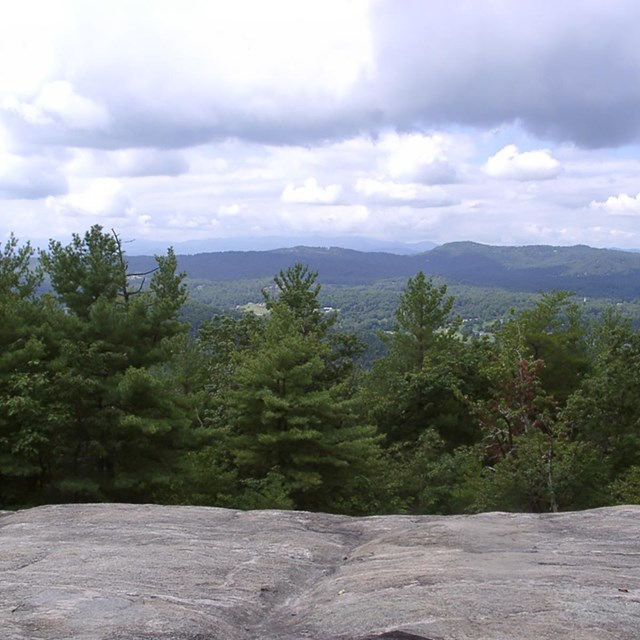 Carl Sandburg Home NHS
Carl Sandburg Home NHSThe forested terrain surrounds the poet's home place cut with mountain streams, feeding into small, scenic lakes.
-
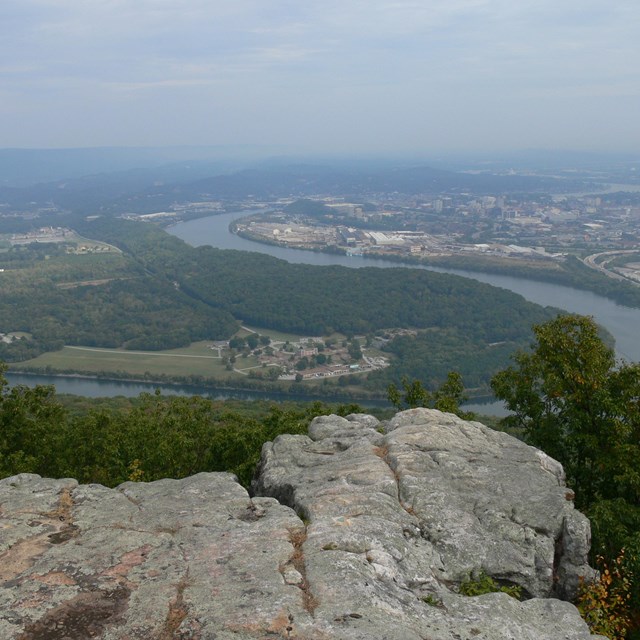 Chickamauga & Chattanooga NMP
Chickamauga & Chattanooga NMPPark has limestone cedar glades, creek bluffs, willow oak ponds, forested sandstone cliffs, and limestone slopes with springs and caves.
-
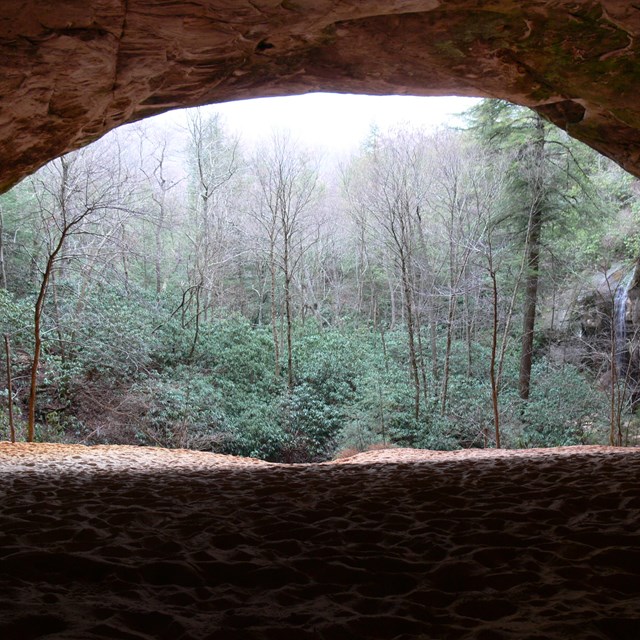 Cumberland Gap National Historical Park
Cumberland Gap National Historical ParkCumberland Gap is a natural pass located where the borders of Kentucky, Tennessee, and Virginia meet. The park contains Cumberland Mountain.
-
 Fort Donelson National Battlefield
Fort Donelson National BattlefieldPark units are topographically diverse, ranging from dry ridges to bottomlands. A mosaic of forest types occur depending upon topography.
-
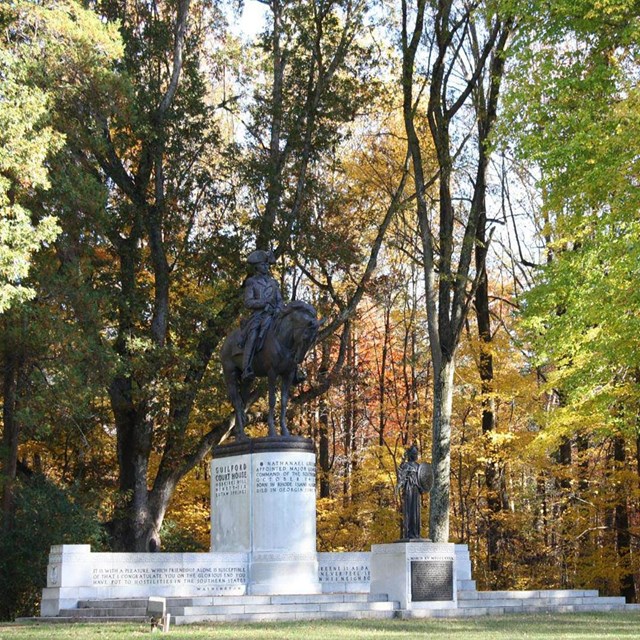 Guilford Courthouse NMP
Guilford Courthouse NMPDespite victory, overwhelming British losses hastened the end of the Revolutionary war here, a park of mowed fields and flat upland woods.
-
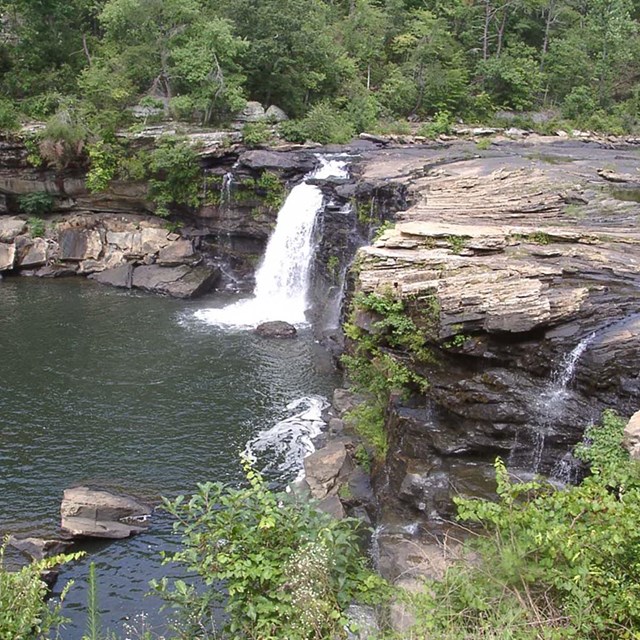 Little River Canyon National Preserve
Little River Canyon National PreserveThis Alabama preserve protects the nation's longest mountaintop river. Almost its entire length flows down the middle of Lookout Mountain.
-
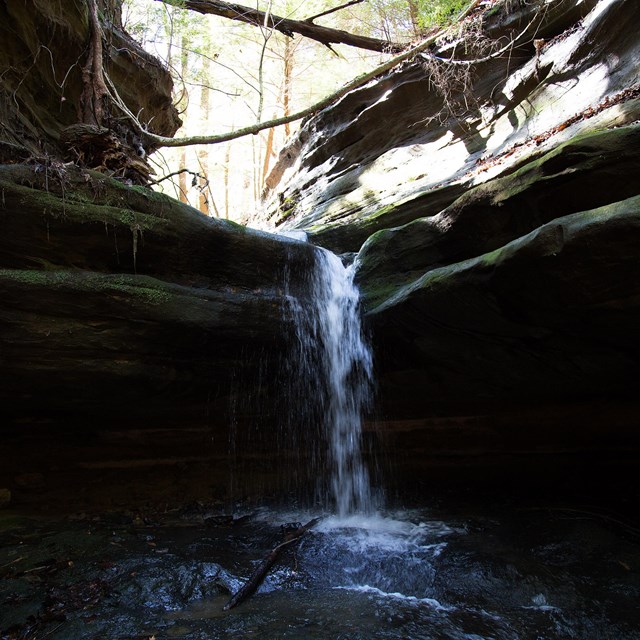 Mammoth Cave National Park
Mammoth Cave National ParkThe Cumberland Piedmont Network's largest unit, it contains forested hills, two rivers and the longest recorded cave system in the world.
-
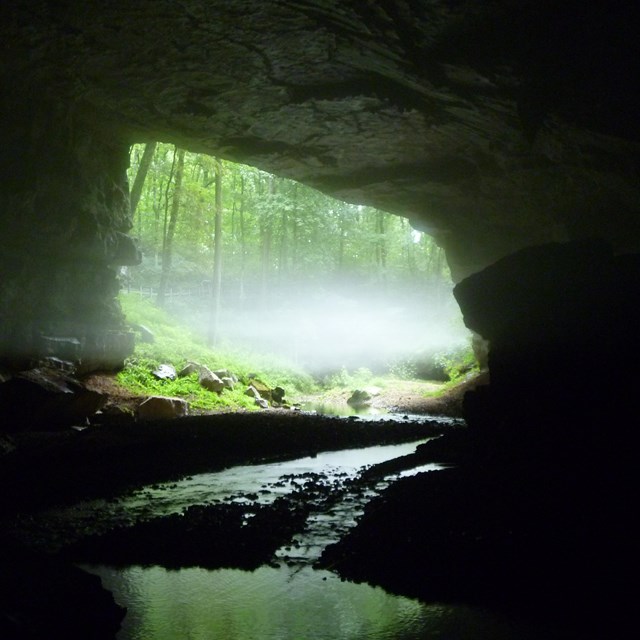 Russell Cave National Monument
Russell Cave National MonumentLocated in northeastern Alabama, Russell Cave has one of the longest and most complete archaeological records in the eastern United States.
-
 Shiloh National Military Park
Shiloh National Military ParkSite of a major battle in the Civil War, it contains fields, floodplains, bottomland and swamp forests; and steep bluffs and rock outcrops.
-
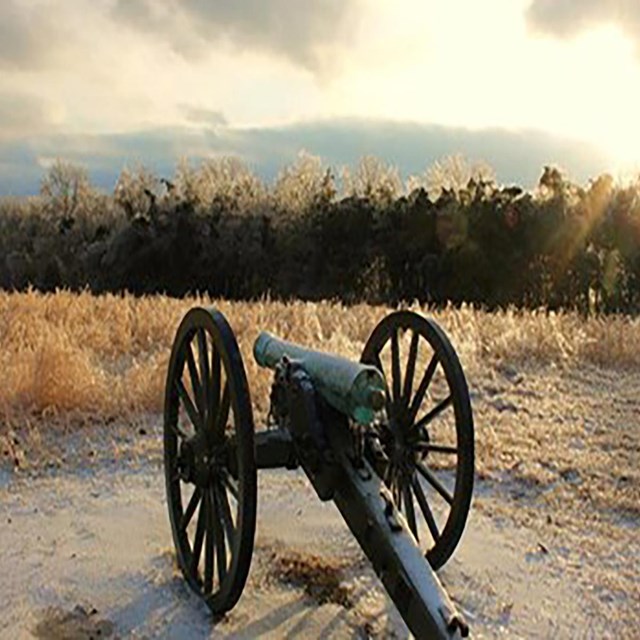 Stones River National Battlefield
Stones River National BattlefieldOne of the bloodiest battles of the Civil War, this 700-acre site consists of multiple units, including a National Cemetery.
-
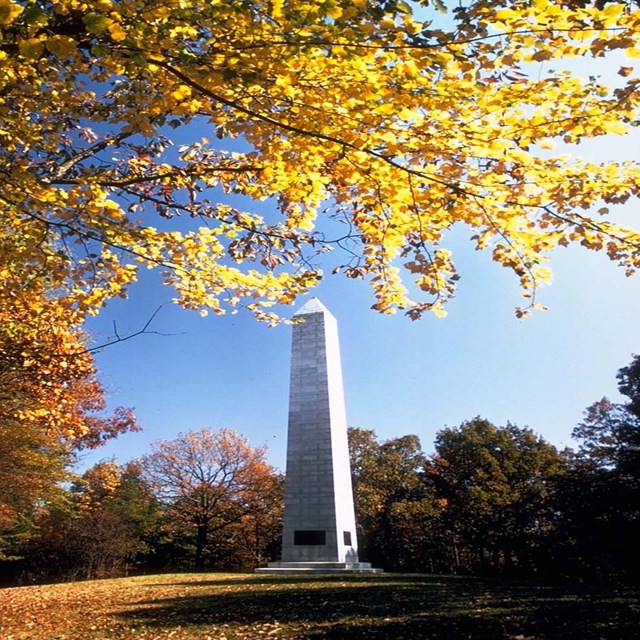 Revolutionary Southern Campaign Parks
Revolutionary Southern Campaign ParksA trio of parks which represent critical battles in the Southern Campaign of the American Revolution.
Last updated: September 20, 2022
